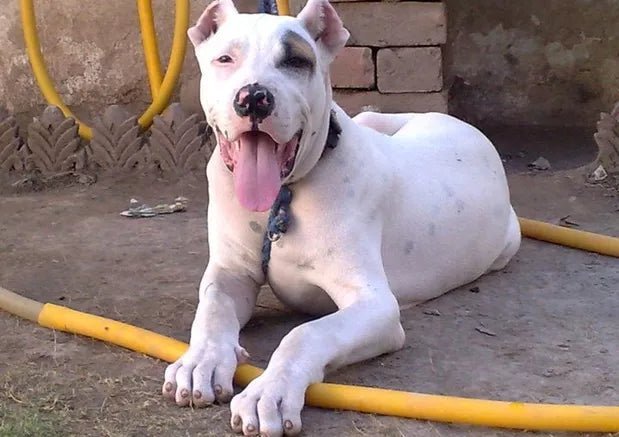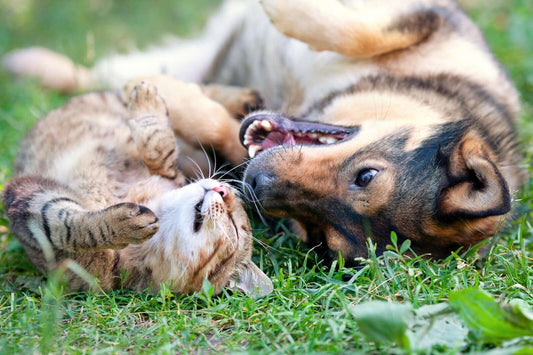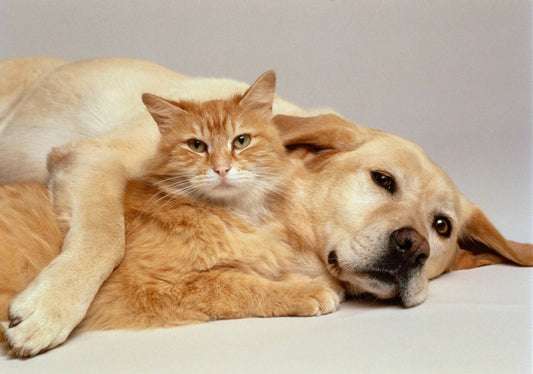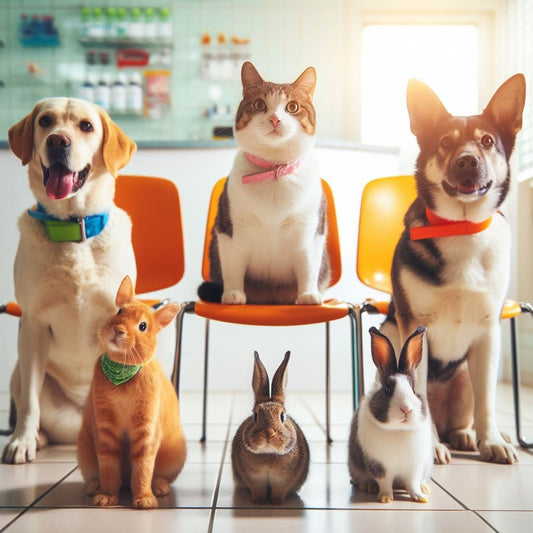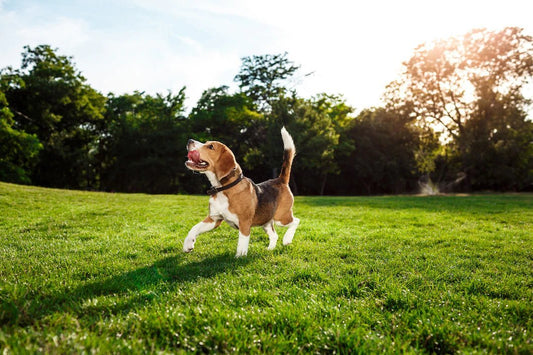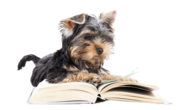Popularly referred to as the Bully Kutta, the Indian Mastiff is a native Mastiff breed that originated in our country back in the 16th century. But don’t take their colloquial name literally; the bully in their name is derived from a Punjabi word which translates to a heavily wrinkled face in English.
This post will tell you everything you need to know about Indian Mastiffs before you bring these giant cuddlers home.

Height: 31-33 inches in males; 30-31 inches in females
Weight: 70-90 kilograms in males; 60-70 kilograms in females
Lifespan: about 8-12 years
Coat: short
Colors: black, white, fawn, red, brindle, harlequin
The Appearance of Indian Mastiffs
In appearance, the Indian Mastiff closely resembles the Great Dane in both face structure and build. They have a brick-shaped skull with a mid-length muzzle and high-set ears, lending them a royal look. The lower half of their face is slightly wrinkly, combined with a surprisingly powerful jaw.
Although their neck is both thick and muscular, the rest of their body has relatively leaner muscles, giving them an overall toned appearance. The tail of the Indian Mastiff is unique in its fluid quality; it is ambidextrous, hairier than the rest of its body, and grows narrower towards the pointed-tip.
The Indian Mastiff’s fur coat is short and smooth and sheds only moderately. Like most other Mastiff breeds, they can have a bit of a drooling problem. If that’s something that bothers you, perhaps this is not the right breed for you.
The Personality of Indian Mastiffs
Dominance and intelligence are the two main traits of an Indian Mastiff’s personality. With a long history of being a working dog, this breed is well-known for its wilfulness and fierce spirit. While you can never make them outgrow their protective instincts, with the right training and socialization, these dogs can make loyal and devoted pets.
Another great thing about Indian Mastiff’s personality is that they don’t mind being left alone. While they do need a lot of care as pups, a fully-grown Indian Mastiff can easily survive in a home where both parents are working. Provide them with sufficient food and water for when you’re gone, and you’ll not need a dog-sitter.
Can an Indian Mastiff get along with children?
While most children might find Indian Mastiffs terrifying due to their large, beast-like appearance, this breed is both gentle and kind towards them. They’re also friendly to other dogs and cats.
Is an Indian Mastiff an ideal pet for new pet parents?
Not really. Indian Mastiffs have great potential for being aggressive and violent when not trained properly, which is why it’s best for people with prior experience in dog parenting to adopt them.
Is an Indian Mastiff an apartment-friendly breed?
No. Keeping this giant working dog breed in an apartment wouldn’t be fair to them. It’s best to raise them in a spacious home with a yard or a lawn.
Caring for your Indian Mastiff
While lifelong care needs for an Indian Mastiff are minimal, they do require extra attention in their formative years.
Training and socialization
Training and socialization are the two important aspects of raising any dog. However, in the case of Indian Mastiffs, they’re even more so. This breed has an inherent leadership trait and can be strongly assertive and even aggressive if not trained properly at the right time.
The first step towards training your Mastiff is to display yourself as their alpha. Keep in mind that this is no people-pleaser; this breed will only obey your commands if you’ve successfully asserted your authority over them.
The same is the case with socializing them; start early, remain consistent, and you’ll have a giant, friendly goofball in your home.
Diet and exercise
Being a large breed, the Indian Mastiff is prone to gaining weight quickly and shouldn’t be overfed. You should feed them 3-4 times as pups, but for the adults, 2 meals a day should be enough.
Like the other Mastiffs, this breed could also potentially have a flatulence problem, which is why it’s best to feed them fibrous dry dog food.
Grooming and maintenance
Their fur is short and smooth and thrives with weekly brushing. They’re moderate shedders, and shed most heavily during spring and fall; so watch out for all the extra dog hair around your house during these months.
They require basic care such as daily brushing, weekly nail-clipping, and baths twice a month. The Indian Mastiff has very little grooming needs and you can meet them at home itself by using some of the dog grooming products that are easily available at online marketplaces. However, you need to pay closer attention to their oral health in consultation with the vet, since they have tendency to drool excessively.
If you’re a seasoned dog-lover with sprawling space to raise a loyal canine friend, the Indian Mastiffs are just what you’re looking for!

